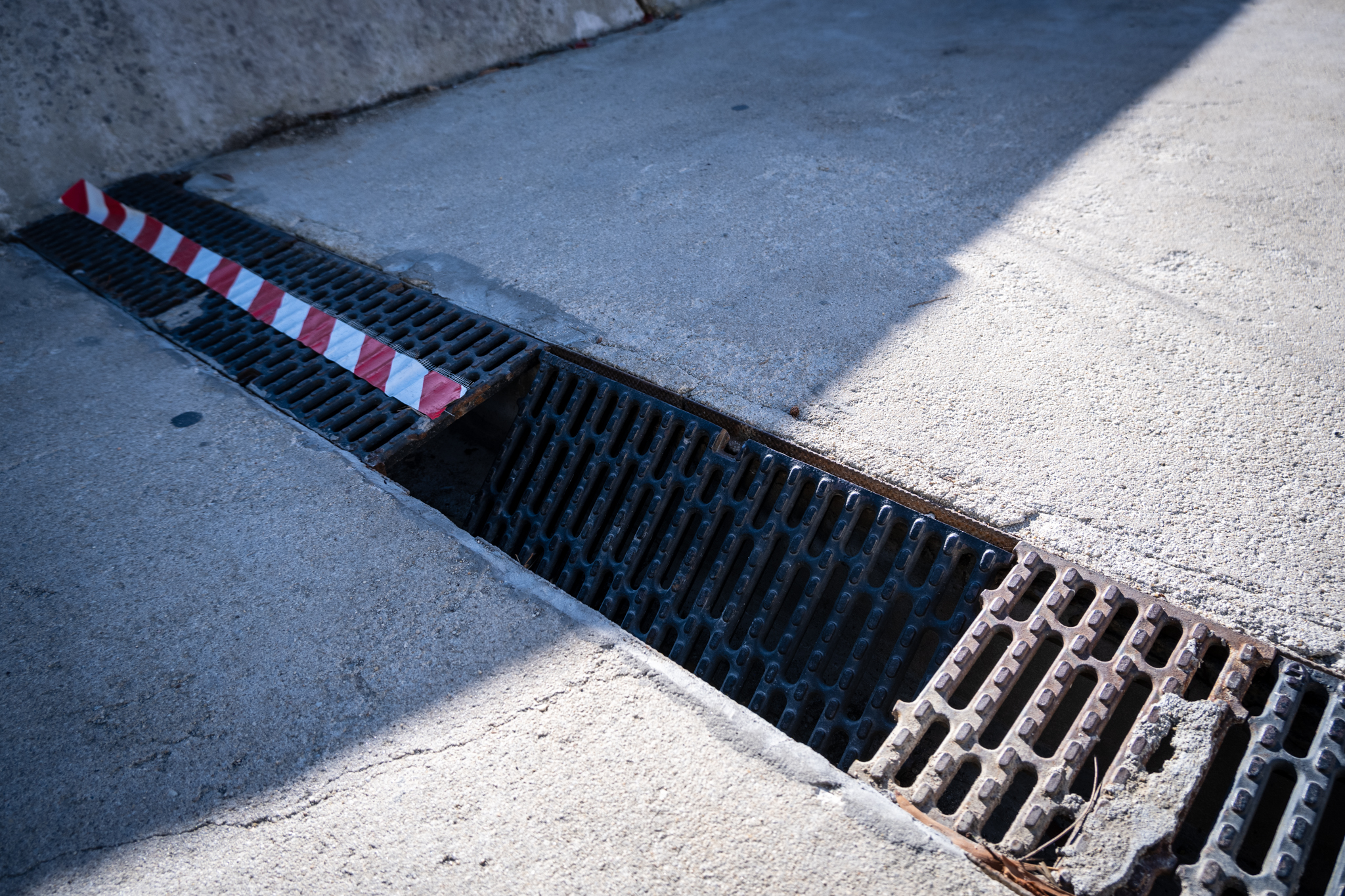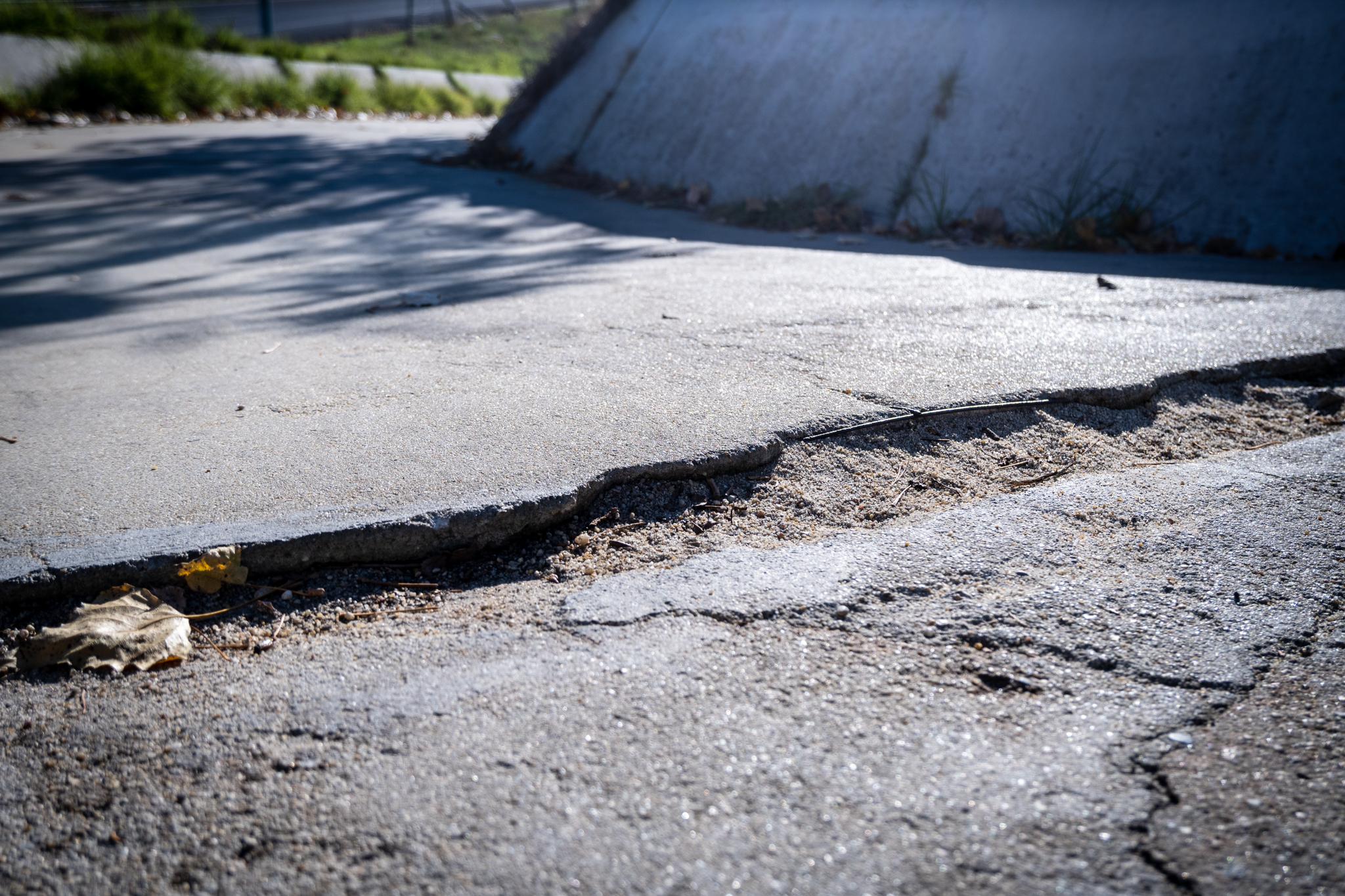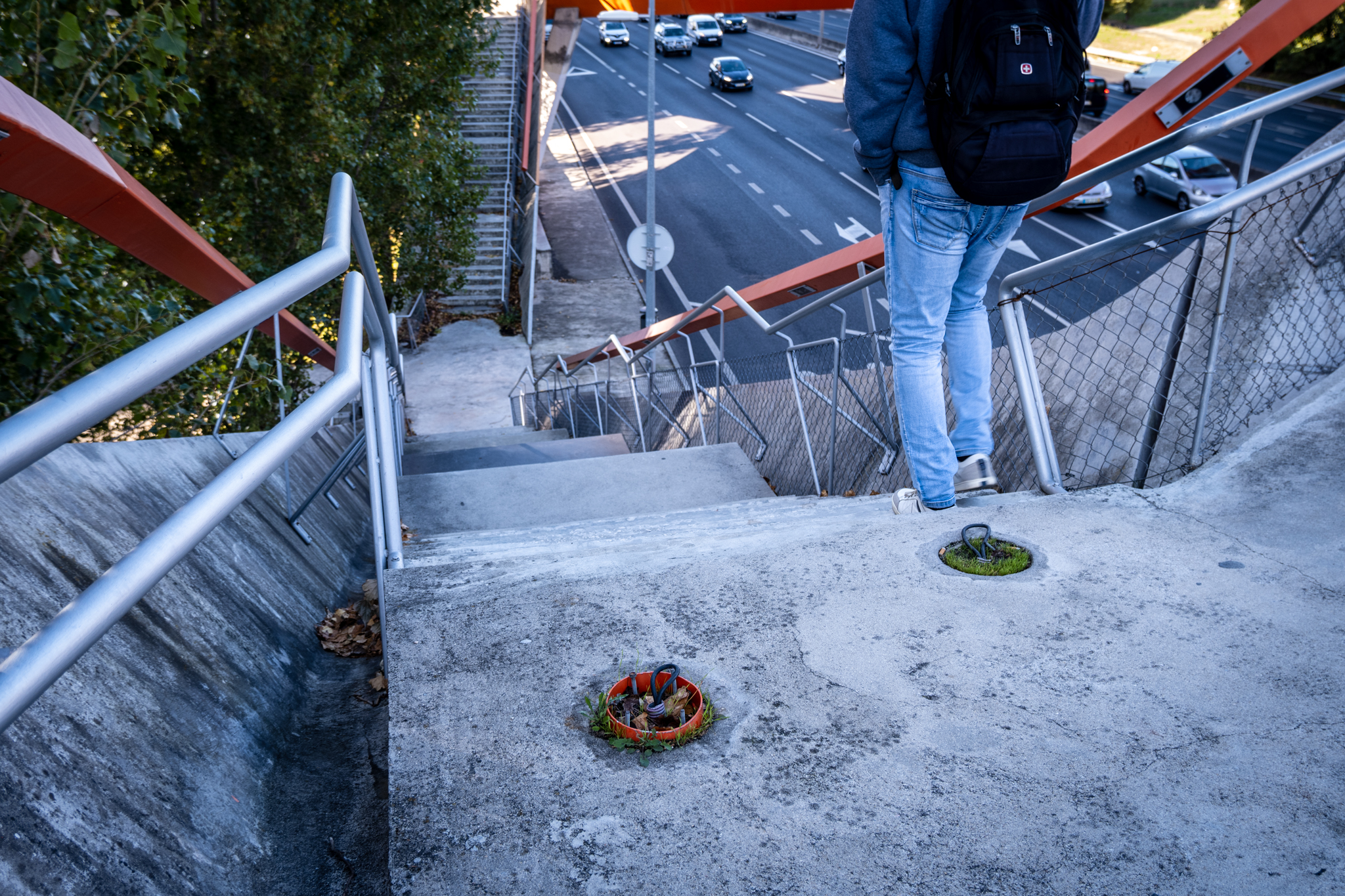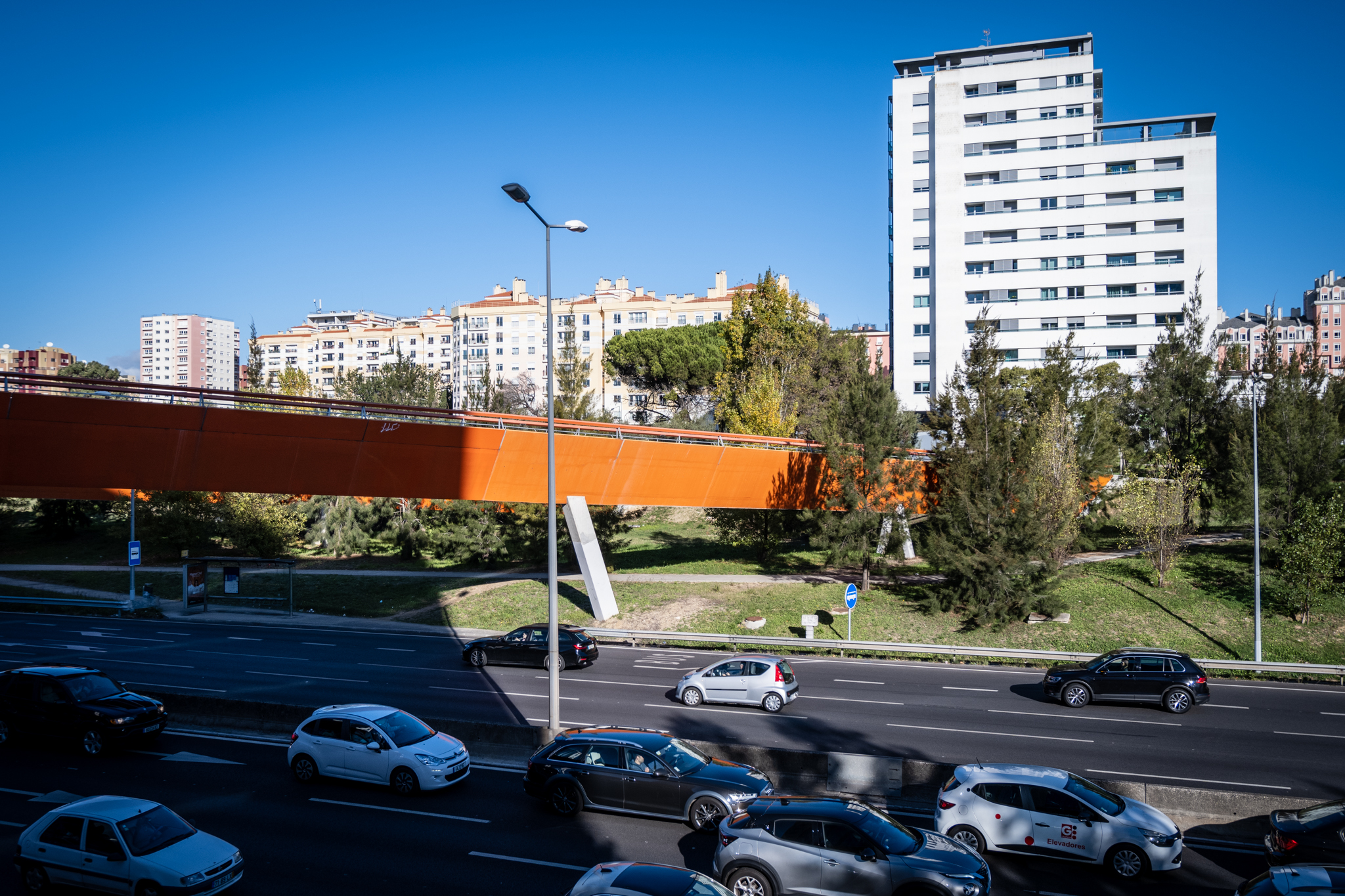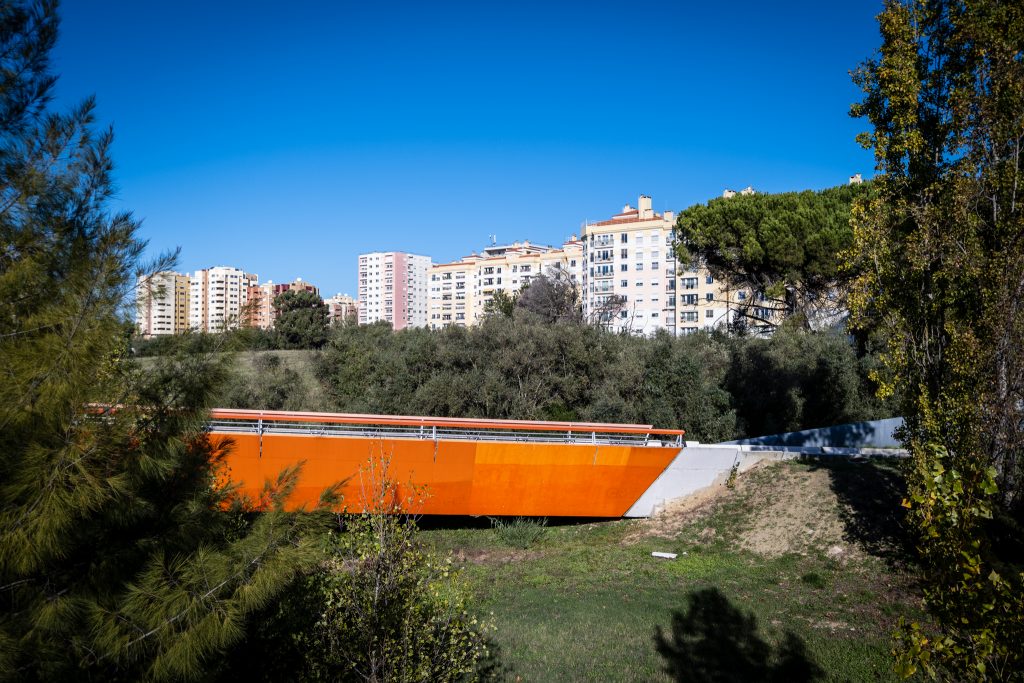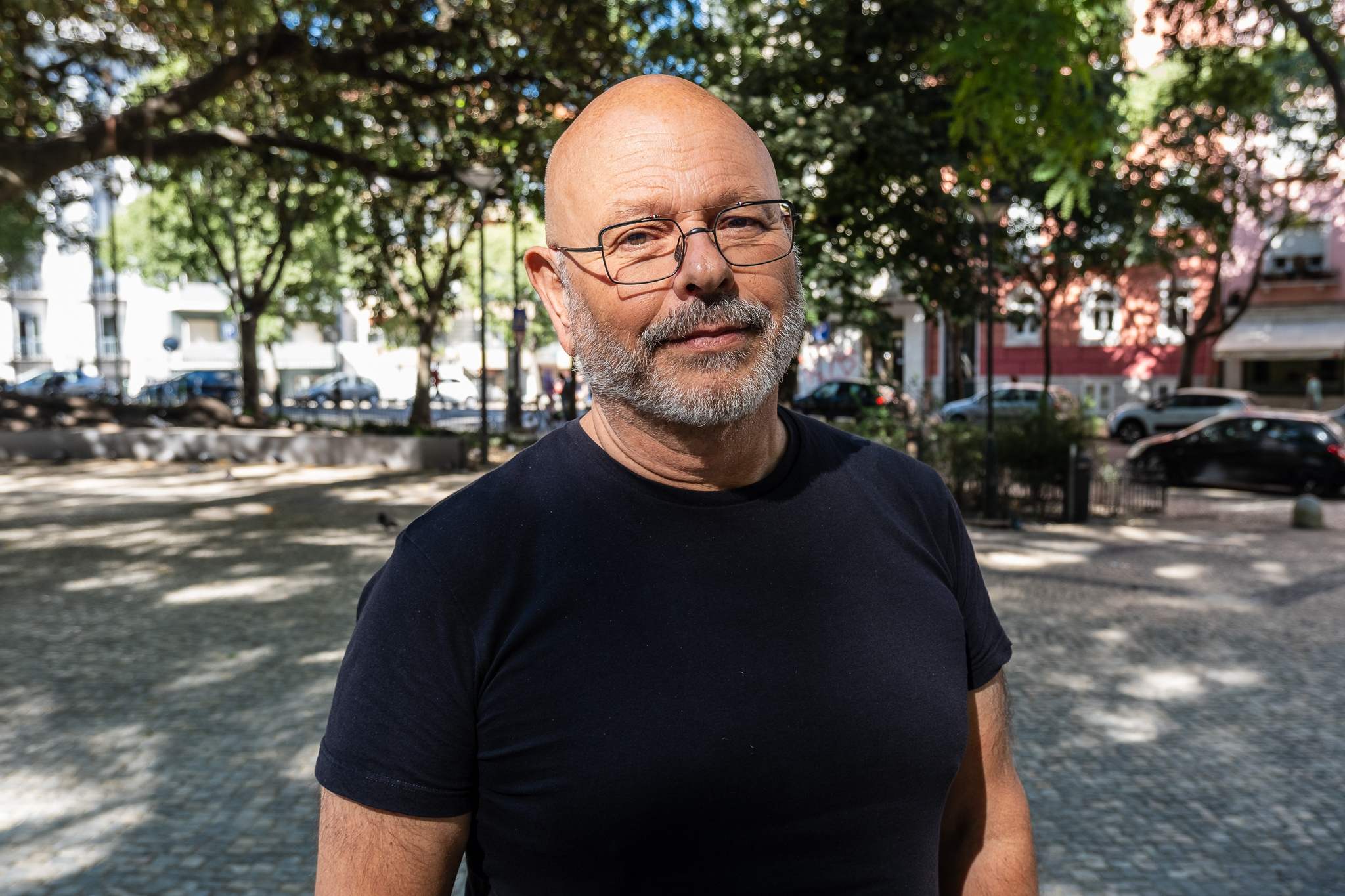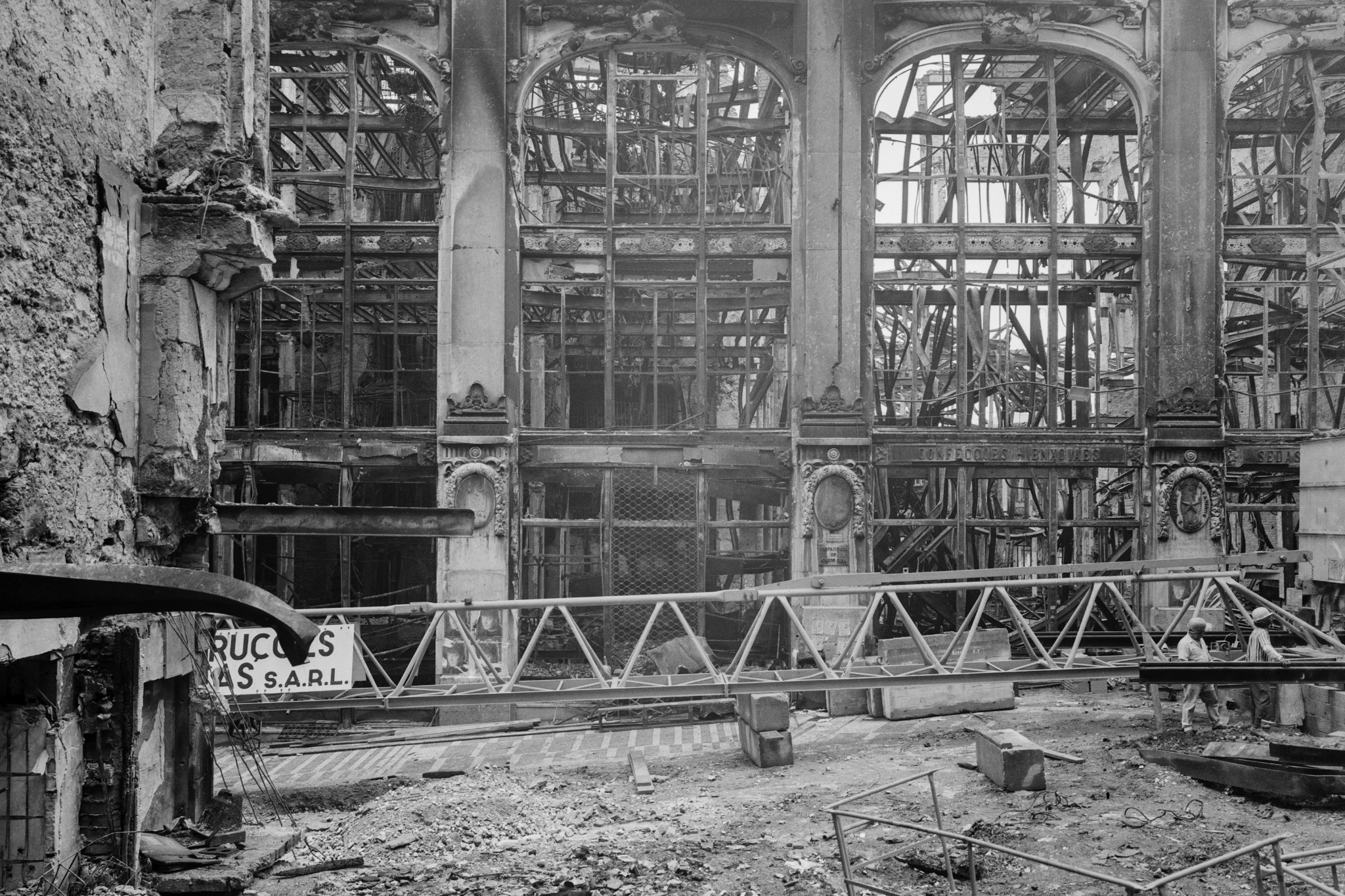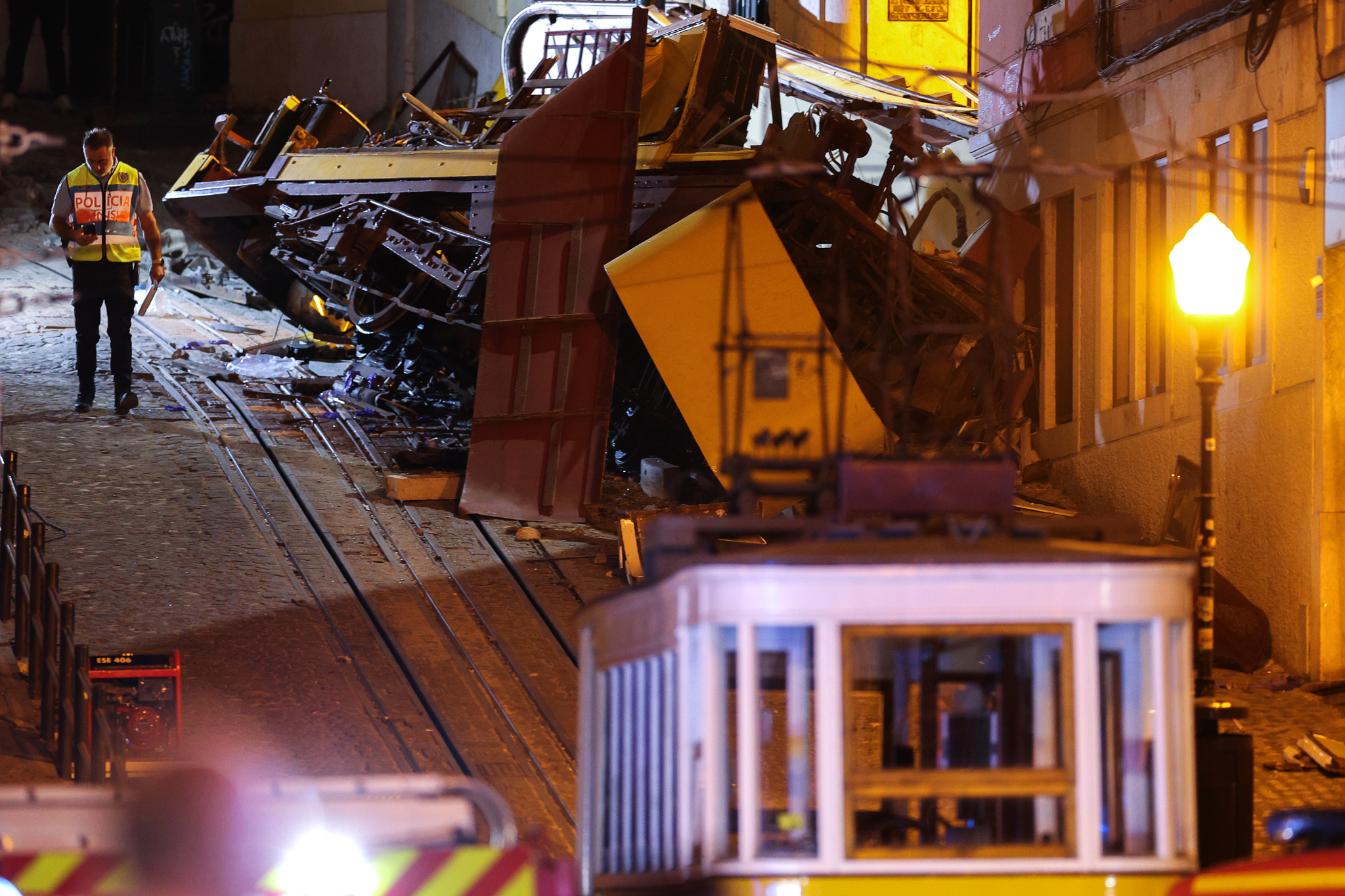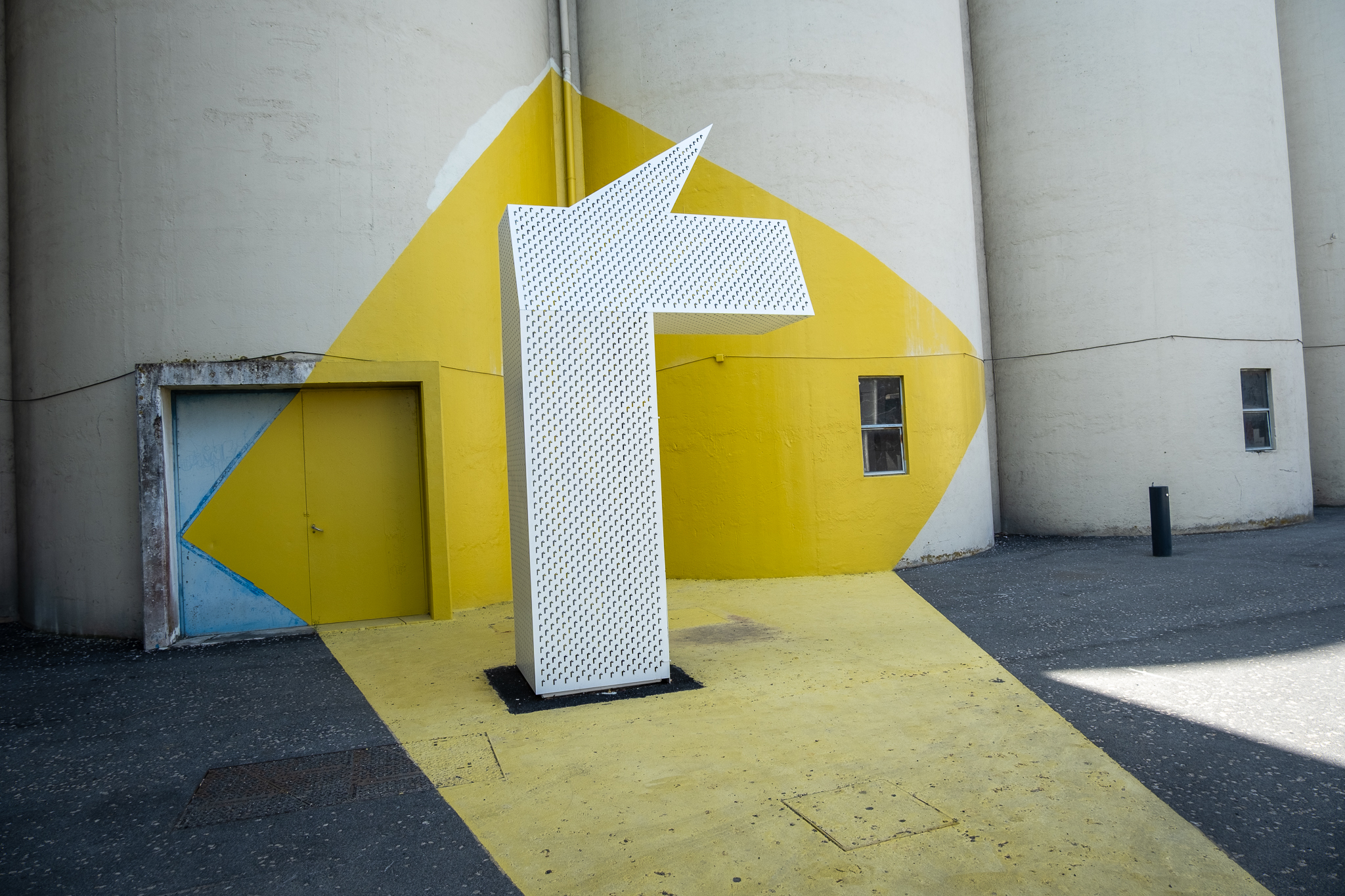The cycle-pedestrian bridge over the Segunda Circular, which connects Telheiras to the Torres de Lisboa, was inaugurated in 2015, cost the municipality twice as much as expected and today presents several dangers for those who cycle on it.

The problem is not new, but it is worth reporting as the demand for cycling as a means of transportation increases in the city of Lisbon. The cycle bridge that links the Telheiras area to the Lisbon Towers, better known as the "Galp bridge", shows signs of danger, wear and lack of maintenance for those who pedal around the citybut also for all the people who use it to cross the urban obstacle of the Second Ring Road.
One of the most frequent dangerous situations occurs at the entrances or exits to the bridge, where the water drainage grilles are often damaged, causing a hole for those crossing on bicycles. It's always recommended to slow down in these places and check the condition of the grating, lest an air tire goes flat, a wheel gets stuck in the hole or someone accidentally puts their foot in it and falls. Recently, red tape was placed on one of the grates to warn of the danger, but the tape didn't last long.
Another danger has to do with the disappearance of two beacons that signaled the stairs and protected against bicycle falls. The bridge rests on the Segunda Circular like a spider, with two ramps on each side and a total of three stairs. If you're not familiar with the area and you're cycling over the bridge for the first time, you'd know from the location of the markers which way to go - the slope may not allow you to see the stairs from a distance.
On one of the access ramps to the Lisbon Towers, which connects to the cycle path that runs along the University Stadium, there is a a small amount that seems to result from the natural wear and tear of materials and infrequent maintenance and which, as time goes by, has become more pronounced. For the more absent-minded, this height can also represent an unexpected puncture, since it has cement and metal irregularities. It can also be used for an accidental fall by someone on foot.
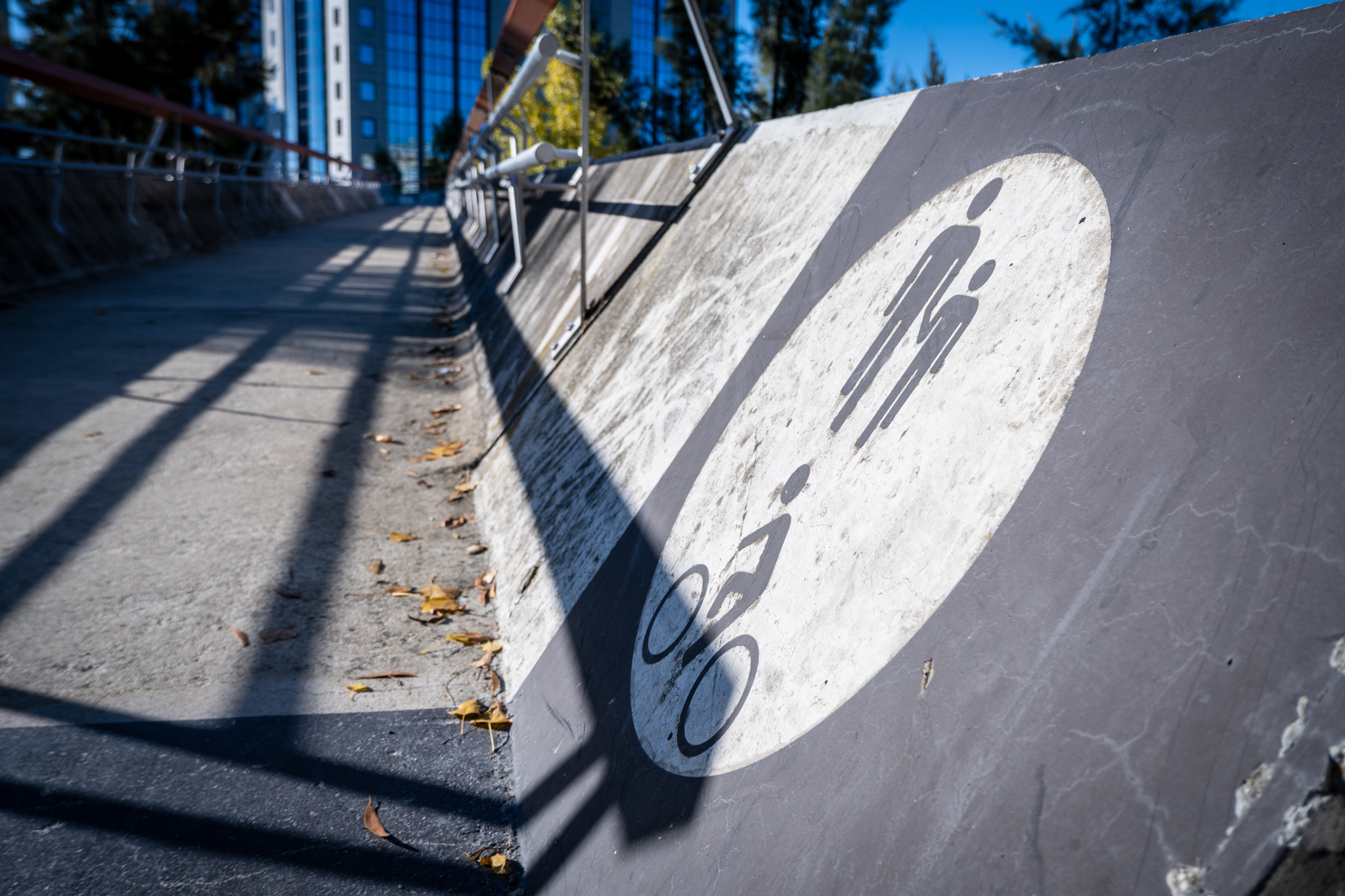
In the late afternoon and evening, another problem arises: a substantial part of the lighting on this bridge is not workingThis makes crossing the bridge more unsafe in an area that is already dark. The bridge is illuminated by a set of bulbs embedded in the orange railing, but many are switched off.
The history of the Galp bridge
It was 2009 when Lisbon City Council was looking at cycling mainly as a leisure and sporting activity. Lisbon's cycle paths were few and far between, with lots of bends, detours through the city's green spaces and routes that were sometimes not very inviting for everyday use. At the time, Galp was an important sponsor of a series of cycle paths built in Lisbon, which still exist today and can be identified by metal plates on the floor with the energy company's logo and signs.
The cycle-pedestrian bridge over the Segunda Circular and between Telheiras and Torres de Lisboa was part of this joint collaboration between the municipality and Galp. The project began in 2009 but the public tender was only launched in 2011 and the Inauguration only took place in 2015 by the Mayor, António Costa. It took six years to build a bridge and an investment of 1.365 million euros - initially the work was going to cost 1.2 million, but it increased by 160,000 euros during the promises. Galp put up 900,000 euros; the municipality was going to give 465,000 euros, but in 2017, the bill ended up doubling to 778.95 thousand. So, in total, the cost of the work was around 1.7 million.
Although there is no concrete data, the "Galp bridge" will be used by many cyclists on a daily basis, including GIRA users, as it has an acceptable gradient and helps to overcome the obstacle of the Segunda Circular. For example, the bridge makes it easier to get to Praça de Espanha and the Saldanha area via Avenida dos Combatentes, a more direct route with fewer junctions and traffic lights than the connection via Campo Grande, Entrecampos and Avenida da República. Also recently, this bridge has a new access from the cycle path on Rua Fernando Namora, in Telheiras: in addition to the 30+ bike lanes that were created at the time of the bridge, there is now a coexistence area with a small garden at the back of Escola Básica São Vicente.
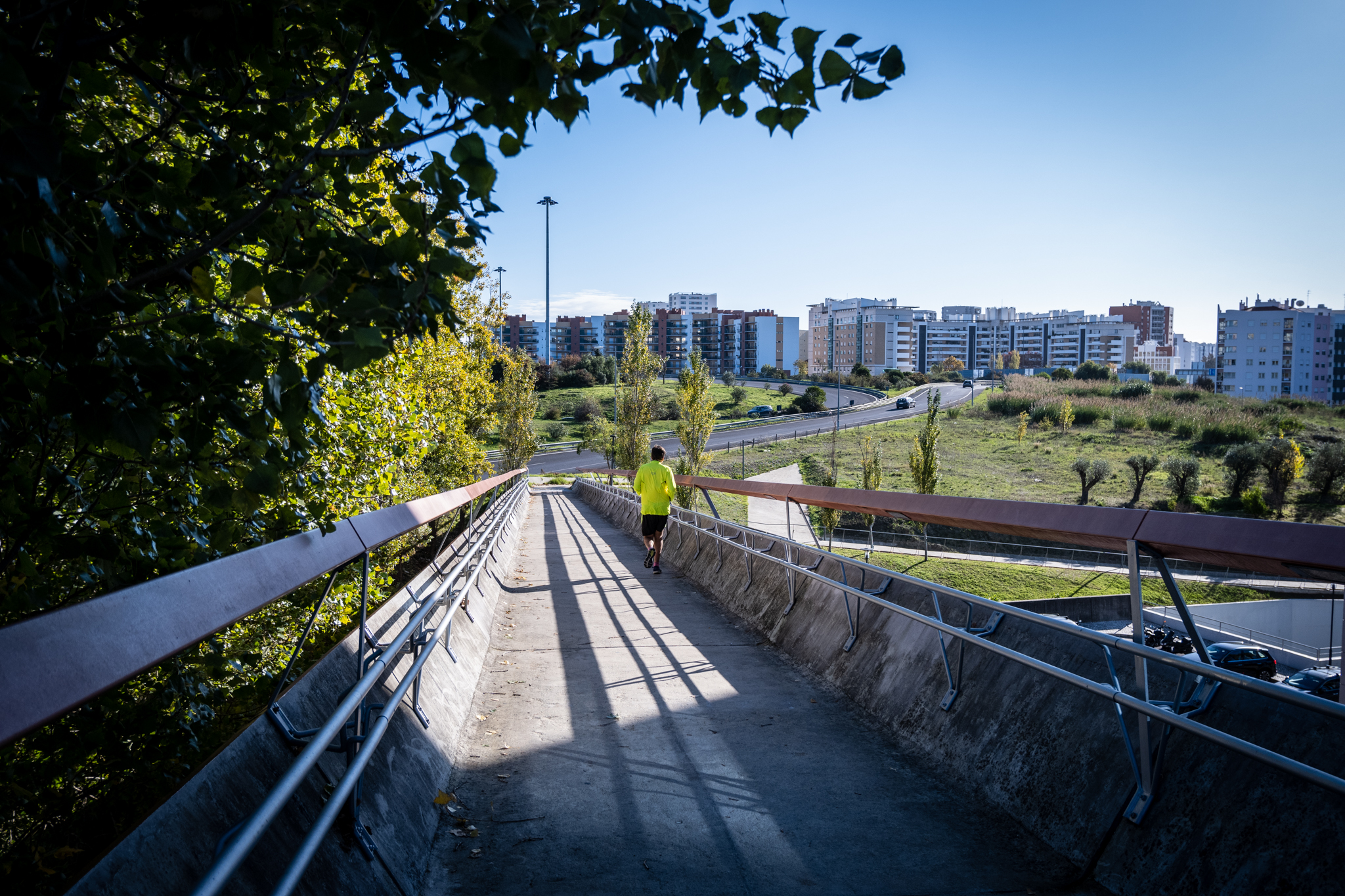
On foot, the bridge can be used by those who work in Torres de Lisboa and get off at Telheiras metro station, for example. Without this bridge, the alternative would be to go under the Segunda Circular viaduct via Estrada da Luz, a less direct and more time-consuming route. There aren't many bridges to cross the Segunda Circular. The nearest one is in the area of the University Stadium and the German School and is the only one that is suitable for pedestrians, cyclists and people with reduced mobility.
